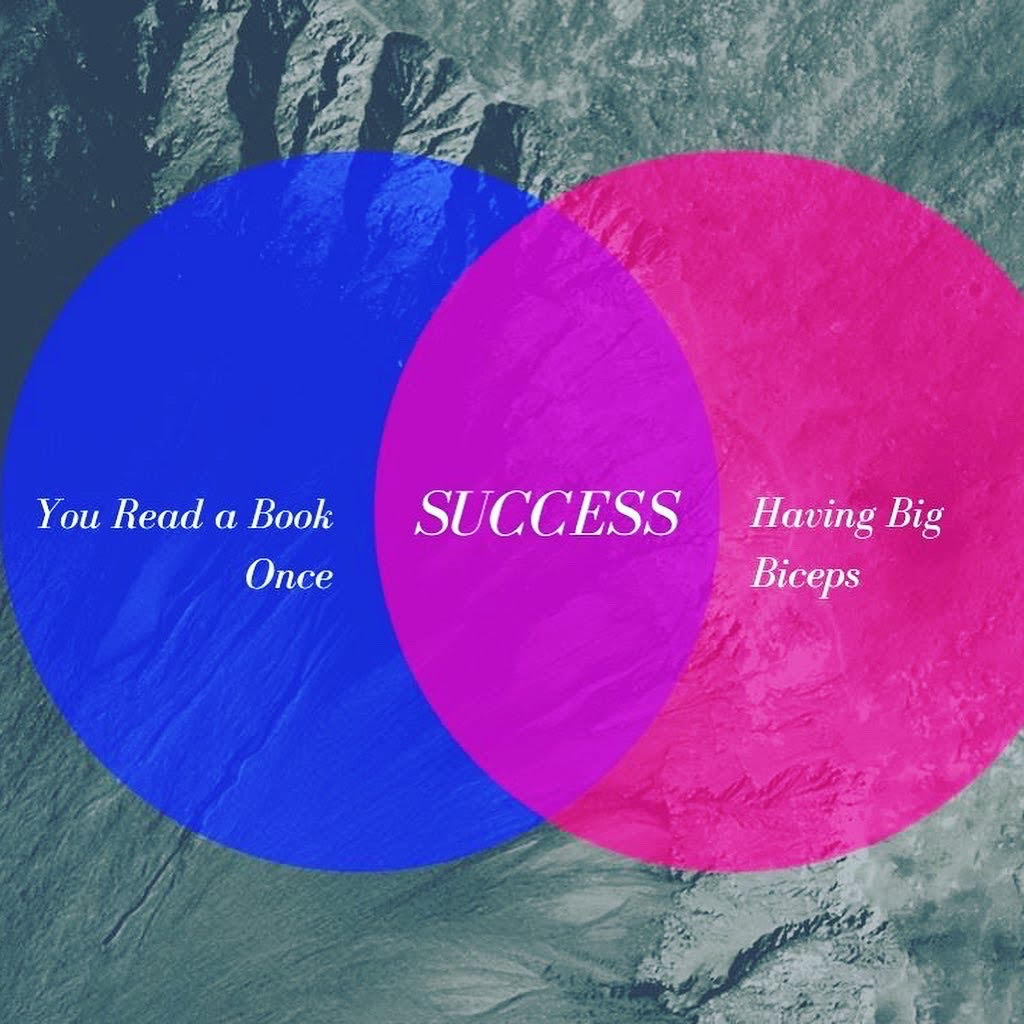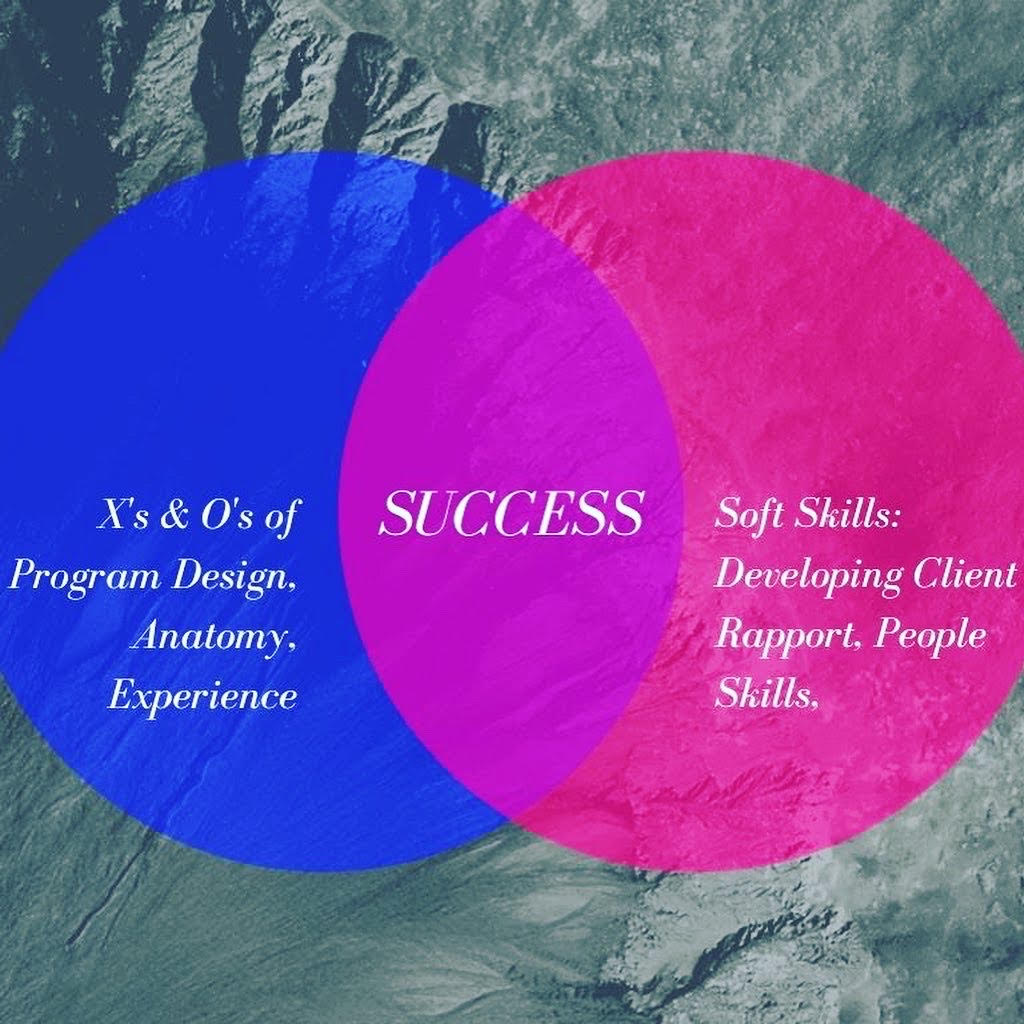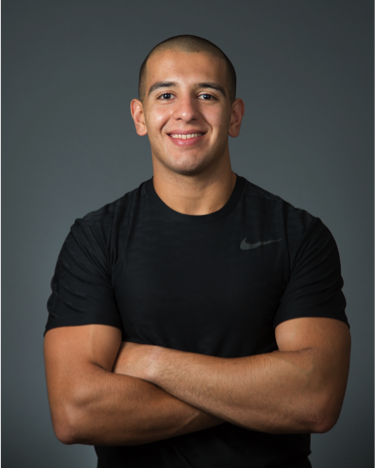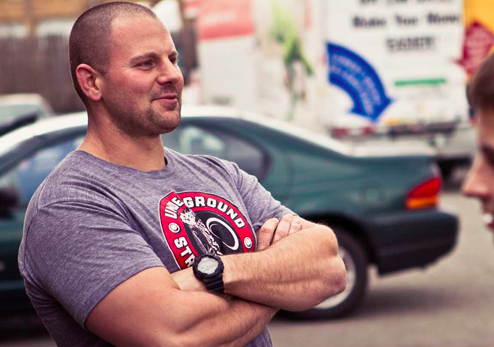
Success in the Fitness Industry: Reality vs. Expectations
People who know me well know how much I’m obsessed with movies. I enjoy reading about them (what’s coming out or on the horizon of coming out), debating them (what’s the better 1997 release: Boogie Nights or Good Will Hunting?), and whenever possible…
…watching them.
I’ll watch pretty much any genre – drama, horror, comedy, thriller, documentary, John Wick, anything.
However, what may be unexpected is how much of a fan of romantic comedies I am.
- Notting Hill
- You’ve Got Mail
- Love Jones
- Forgetting Sarah Marshall
Put a girl in front of a boy (or boy in front of a girl; or boy in front of a boy; or girl in front of a girl), add some sexual tension, witty dialogue, & ensuing high jinks and I’m there.
(Added intrigue if somehow there’s ninjas and/or a threat of a nuclear holocaust involved).
NOTE TO SELF: Begin screenplay for When Harry Met Sally meets The Sum of All Fears (with a supporting comedic role provided by a Xenomorph XX121, you know, the alien from Alien).
That shit will just write itself.
One of my all-time favorites (and highly underrated) romantic comedies is (500) Days of Summer.
There’s much I love about the movie, but one thing that stands out is a scene right smack dab in the middle titled “expectations vs. reality.
In it, Tom (the protagonist) is meandering to a dinner party in the hopes of re-kindling a relationship with a recent ex (Summer).
The entire scene is shot as a split screen with one side of the television labeled expectations; or what Tom hopes to happen. A night where he & Summer flirt, are entrenched in captivating conversation, and, in fact, seemingly fall back into love.
Simultaneously, the other side of the screen showcases reality. A night where Tom and Summer exchange a few pleasantries, but in the end he’s off in the corner of the room sulking realizing Summer has moved on from their relationship, and he eventually walks home…
…alone.
GODDAMIT, who’s wearing the onion shirt around here?! I’M NOT CRYING, YOU’RE CRYING!
Anyway, I can’t help but notice a parallel theme in the fitness industry…
…an “Expectation vs. Reality” tug-of-war with regards to what REALLY yields success.
EXPECTATIONS: Many (not all) are intoxicated by the illusion that all you need to be “successful” is to have read a few books and to look the part.

REALITY: Success is an overlap of the x’s & o’s of program design, knowing your functional anatomy, and having general competency when it comes to exercise technique & execution, to name a few.

But too, a large, and necessary (and often eye rolled at) part of the cog is the soft skills of coaching:
✅ Developing Client Rapport
Getting results for the people who pay you to do so is an important component of this. I mean, if we’re looking to build trust & rapport with our clients this would seemingly be step #1. However, I’d make the case that before that can even happen it is important (nay, crucial) to go out of our way to plant the seeds of “CONNECTION” first.
Meaning, be more relatable, accessible, and approachable.
What does that even mean?
Seek out other avenues/interests that you have in common with your clients. I obviously use movies a fair bit to do this. But you can also bring music or television into the mix. Maybe you’re a dog lover or think turtle neck sweaters are cool?
Finding common likes/dislikes – outside of exercise – amongst your clients is a wonderful means of building rapport.
✅ Listening
Admittedly, this is a hard skill to learn; we all loving hearing the sound of our own voice. However, as a fitness professional having a keen sense of knowing when to shut the fuck up is imperative.
For example, whenever I have an initial assessment with a potential new client I go out of my way to have him/her do the bulk of the talking.
Early in my career I’d do the exact opposite and try to “win” conversations.
“Wait, wait, wait, hold on, wait. Did you just say you do a lot of cardio to flush out lactic acid from of your system? Well, actually, lactic acid isn’t an acid at all and is actually a beneficial source of energy for your muscles. It’s pretty common knowledge. Anyway, you were saying?”
In hindsight I can’t imagine how many clients I lost because I was trying to impress them with big words.
Today, I just keep (most) of my thoughts to myself and do a lot more listening than winning.
✅ Basic People Skills
Smile, say hello, look people in the eyes, show empathy, be punctual, write programs that actually cater to THEIR goals, check in with your clients during their session (how do they feel? do they feel the exercise where they’re supposed to be feeling it?), never undervalue the power of a non-obvious courtesy laugh (😉), and always provide a safe space and an overwhelming sense of unconditional positive regard.
Also, when in doubt…more Wu-Tang!
✅ Not Being an Uppity Douche
Self-explanatory.
And That’s That
I don’t care if you can deadlift a bulldozer or that you sleep with a copy of SuperTraining underneath your pillow. If you’re not taking the time to flex, hone, and enhance your soft skills as a coach you’ll never separate yourself from the masses.




 Meer Awny is a Strength & Conditioning coach & Personal Trainer from Sydney, Australia.
Meer Awny is a Strength & Conditioning coach & Personal Trainer from Sydney, Australia.










